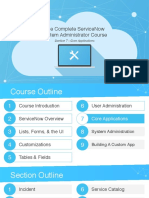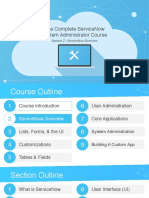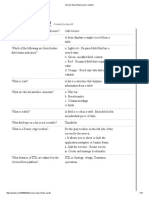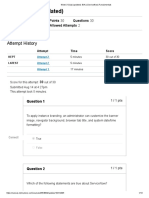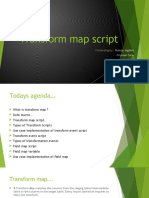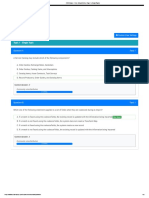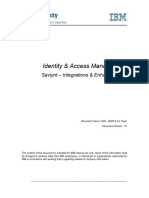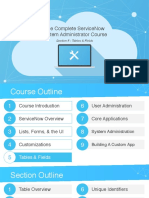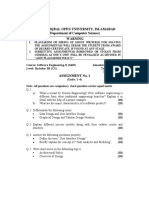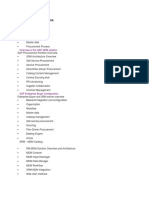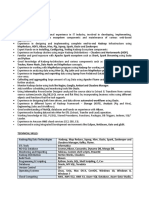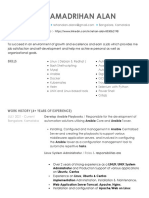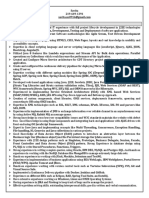0% found this document useful (0 votes)
90 views31 pagesThe Complete Servicenow System Administrator Course: Section 4 - Customizations
The document summarizes key aspects of customizing the ServiceNow platform. It discusses different types of customizations including UI policies, UI actions, business rules, client scripts, data policies, script includes, and update sets. It provides examples of when each customization type would be used and compares client-side versus server-side customizations. Sections include an overview of customizations, details on specific customization techniques, and a demonstration of UI policies, UI actions, business rules, client scripts, and update sets.
Uploaded by
yusufCopyright
© © All Rights Reserved
We take content rights seriously. If you suspect this is your content, claim it here.
Available Formats
Download as PDF, TXT or read online on Scribd
0% found this document useful (0 votes)
90 views31 pagesThe Complete Servicenow System Administrator Course: Section 4 - Customizations
The document summarizes key aspects of customizing the ServiceNow platform. It discusses different types of customizations including UI policies, UI actions, business rules, client scripts, data policies, script includes, and update sets. It provides examples of when each customization type would be used and compares client-side versus server-side customizations. Sections include an overview of customizations, details on specific customization techniques, and a demonstration of UI policies, UI actions, business rules, client scripts, and update sets.
Uploaded by
yusufCopyright
© © All Rights Reserved
We take content rights seriously. If you suspect this is your content, claim it here.
Available Formats
Download as PDF, TXT or read online on Scribd
/ 31





